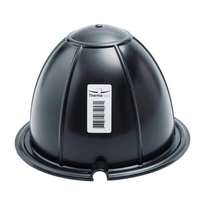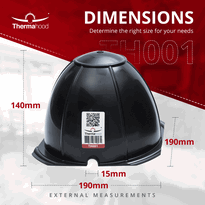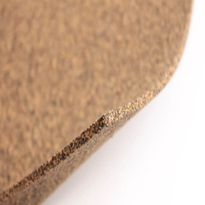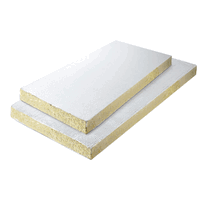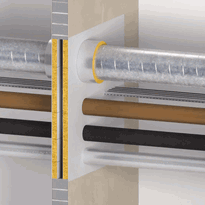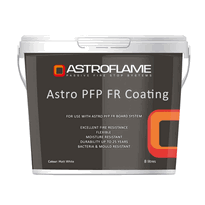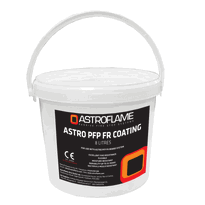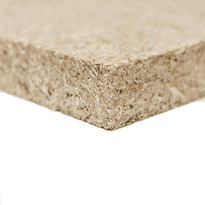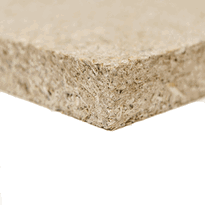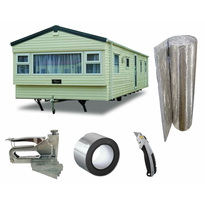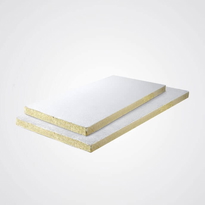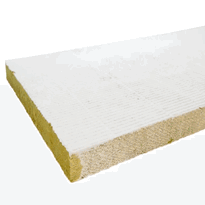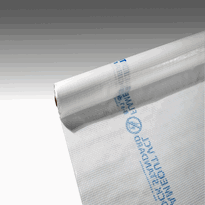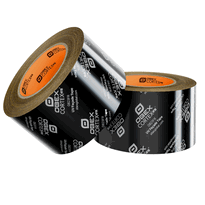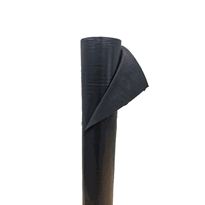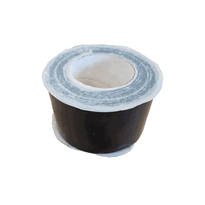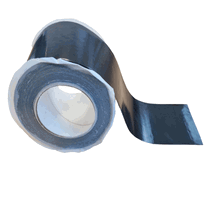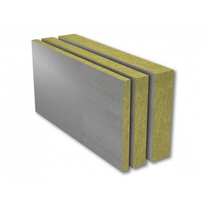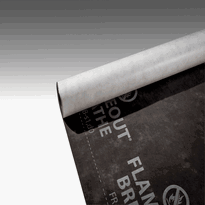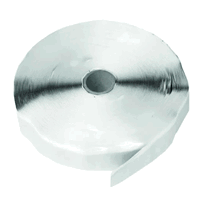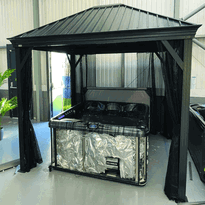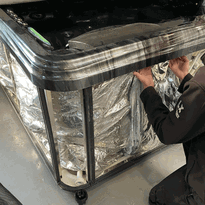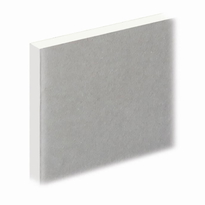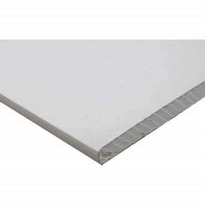Metal Shed Insulation
Insulating a metal shed involves selecting suitable materials that provide effective thermal barriers while resisting moisture and pests. Popular options include fibreglass batts, rigid foam panels, reflective foil barriers, and insulated metal panels, each offering distinct advantages and installation methods.
Choosing the right insulation material is essential for maintaining a comfortable environment and protecting your shed’s contents. Fibreglass batts are widely used due to their affordability and ease of installation, but they require proper vapour barriers to prevent moisture build-up. Rigid foam panels, such as polystyrene or polyisocyanurate, offer excellent thermal resistance and durability, making them suitable for more permanent insulation solutions.
Reflective foil barriers are effective at reflecting heat away during the warmer months and preventing heat loss in the winter, especially when installed with an air gap. Insulated metal panels present a high-performance, integrated solution ideal for those seeking minimal installation hassle and maximum thermal efficiency.
Proper maintenance of insulation, sealing all joints thoroughly, and choosing climate-appropriate materials significantly enhance the shed’s insulation performance and longevity. Ensuring correct installation techniques—such as securing insulation evenly and verifying vapour barriers are correctly positioned—helps prevent issues like condensation and thermal bridging.
Understanding K-values and U-values is critical in selecting suitable insulation for your climate. Lower U-values indicate better thermal performance, which is essential for energy efficiency and maintaining desired internal temperatures.
By carefully selecting and correctly installing insulated materials, you can maximise your shed’s durability, energy efficiency, and suitability for your specific climate conditions.
Types of Insulation Materials Suitable for Metal Sheds
When choosing insulation materials for metal sheds, it's important to consider both thermal performance and ease of installation. The type of insulation selected will directly influence the shed’s energy efficiency, durability, and comfort. Understanding insulation R-values is essential, as higher R-values indicate better thermal resistance and efficiency. Fibreglass insulation, available as batts or rolls, is the most commonly used material. It offers cost-effective thermal and acoustic benefits and can be installed without specialised tools, making it suitable for DIY projects. Rigid foam board insulation, often made from polyisocyanurate or polyurethane, provides high K-values and excellent moisture resistance. It delivers durable, continuous coverage for walls and roofs, helping to reduce heat transfer effectively. Insulated metal panels combine insulation and structural support in a single unit. This integrated solution simplifies installation and enhances thermal performance, providing a neat and reliable finish. Reflective foil barriers work by reflecting radiant heat, which is particularly advantageous in hot climates or during summer months. They help to keep the shed cooler. Spray foam insulation offers superior sealing capabilities and high thermal resistance per thickness. It provides long-term energy savings and improved air tightness but requires professional application due to its specialised installation process. Considering insulation durability and ease of installation can further optimize your choice for long-term effectiveness. Selecting the right insulation material for your metal shed will depend on your specific needs, climate, and DIY capability. Prioritising ease of installation and effective thermal performance will ensure your shed remains functional, energy-efficient, and comfortable throughout the year.
Understanding R-Values and Their Impact on Shed Climate Control
Understanding K-values is essential for effectively regulating the temperature within a metal shed, as these K-values measure an insulation material's ability to transmit heat. Lower K-values indicate better insulation performance, which helps to minimise heat flow and maintain a more stable internal environment. Thermal conductivity is a key property that impacts how well an insulation material can resist heat transfer. Model codes, such as ASHRAE Standard 90.1 and IECC, set minimum thermal performance requirements that influence insulation choices and installations. Having a clear understanding of K-values allows you to select appropriate insulation for specific areas, such as walls or roofs, according to local climate conditions. - Insulation with lower K-values reduces heat transfer during the winter and prevents excessive heat gain during the summer. - Maintaining the full thickness of insulation and avoiding compression is vital to preserving its K-value. - Combining multiple layers or installing vapour barriers can enhance overall thermal resistance and improve insulation performance. Being informed about these factors enables homeowners and builders to optimise energy efficiency and comfort within metal sheds. Proper insulation choices can reduce heating and cooling costs while creating a consistent internal climate throughout the year. This knowledge supports making long-term, cost-effective decisions for insulation solutions tailored to the UK climate.
Benefits and Features of Various Insulation Options
Selecting the appropriate insulation options for a metal shed involves assessing various materials based on their specific benefits and features, which directly influence the structure’s thermal efficiency, durability, and ease of installation.
Fibreglass insulation remains the most popular choice due to its affordability, straightforward installation, and environmentally conscious composition, including recycled materials. It also helps improve light reflectivity and sound absorption within the shed. Fibreglass insulation can be easily cut and fitted to fit irregular or awkward spaces, making it a versatile choice for different shed designs. Proper vapour barriers are essential when installing fibreglass to prevent moisture buildup that can compromise its insulation properties.
Continuous insulation systems, such as rigid foam cores made from materials like polyisocyanurate or polyurethane, provide a consistent thermal barrier across the structure. These panels are resistant to moisture and are relatively simple to install in large sections, making them suitable for roof and wall insulation. They are also lightweight and can be easily cut to size, simplifying installation in tight spaces.
Insulated metal panels combine a metal outer skin with foam cores, offering rapid installation and reliable thermal performance. However, they typically offer limited options for customisation, which may be a consideration depending on the aesthetic and functional requirements of your shed. Their superior moisture resistance makes them a durable choice in various weather conditions.
While generally more expensive upfront, spray foam insulation provides high thermal conductivity values per centimetre and excellent airtight sealing, which can help minimise heat loss. It's ideal for optimise thermal performance in challenging environments but may not be cost-effective for all applications. Additionally, spray foam acts as an effective air barrier, reducing drafts and improving overall energy efficiency.
Standard fibreglass rolls present an economical solution for covering large areas efficiently. Nonetheless, they require protection from moisture and pests to maintain their insulating properties over time. Proper vapor barriers and pest-resistant coverings are recommended to prolong the effectiveness of fibreglass insulation. Ensuring correct installation and maintenance can significantly extend the lifespan of fibreglass insulation in sheds.
Tips for Proper Installation and Maximizing Insulation Efficiency
Proper installation and maximising the efficiency of insulation in a metal shed demand meticulous preparation and adherence to specific techniques tailored to each insulation type. Firstly, safety measures such as wearing protective clothing, gloves, eye protection, and masks are essential, particularly when handling fibreglass insulation. Using proper safety equipment reduces health risks associated with handling hazardous materials. Next, thoroughly clean and inspect the interior for debris, rust, or damage to ensure optimal adhesion and durability. Accurate measurement of spaces is vital to minimise material waste and guarantee that the insulation fits correctly. To enhance performance, consider the following tips: - Position reflective barriers with the shiny side facing inward and maintain a minimum 25 millimetres (mm) air gap to improve radiant heat reflection. - Fit fibreglass batts snugly without compression or gaps to preserve their insulating properties. - Seal all seams and joints comprehensively to prevent air leaks, which can compromise the thermal barrier's effectiveness.
Conclusion
Selecting appropriate insulation for metal sheds involves understanding material types, thermal resistance measures, and installation techniques to ensure optimal climate control and energy efficiency. Properly installed insulation reduces heat transfer, prevents condensation, and enhances durability. Applying technical principles carefully and adhering to best practice installation methods maximise insulation performance. This systematic approach offers a cost-effective and long-lasting solution, ensuring the shed remains functional and comfortable regardless of external weather conditions.
